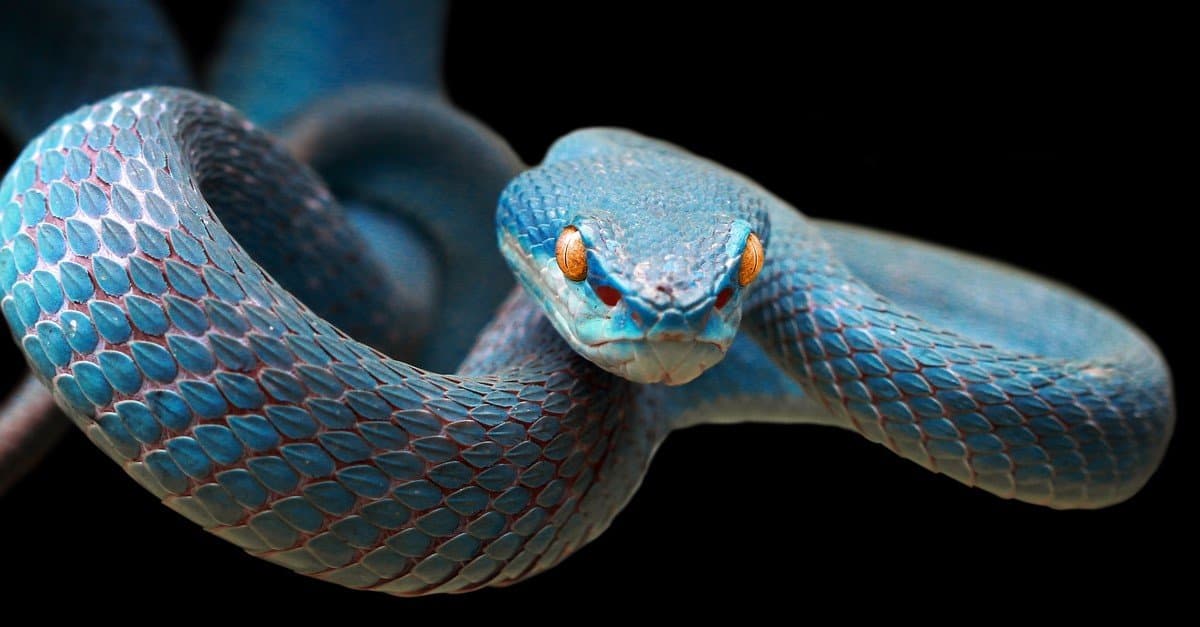Introduction
Tiger serpents are among the most widely known and been afraid reptiles in Australia, widely acknowledged for their striking look and powerful poison. This short article intends to look into the complexities of the tiger snake's habitat, distribution, habits, and what one can expect when encountering these remarkable creatures. By comprehending where to locate them and just how to navigate prospective dangers, you can value their role in the environment while guaranteeing your safety.
Tiger Serpent Environment: Where to Locate Them and What to Expect
Tiger serpents are mostly located in southeastern Australia, including Tasmania, where they thrive in a range of settings. Their adaptability allows them to occupy varied surfaces such as coastal regions, marshes, grasslands, and also urban locations.
Geographical Circulation of Tiger Snakes
The geographical reach of tiger snakes expands across numerous Australian states. They are especially typical in:
- Tasmania: The Tasmanian tiger serpent is one of one of the most acknowledged subspecies. Victoria: Located near water bodies like rivers and lakes. New South Wales: Choosing bushland areas close to water sources. Western Australia: Even more generally seen around swamps and estuaries.
Understanding the geographical circulation is essential for both conservation efforts and public recognition relating to experiences with these snakes.
Preferred Environments of Tiger Snakes
Tiger snakes prosper in numerous environments. Below are some typical atmospheres where they Pain Management may be located:


Behavioral Patterns Related to Habitat
Understanding tiger snake behavior within their environments is important for communication administration:
- Nocturnal Activity: Tiger serpents tend to be a lot more active throughout twilight hours (sunset and dawn), making them tougher to spot during daytime. Territorial Nature: They show territorial habits; thus, it's vital to value their area if encountered.
This understanding can help alleviate undesirable communications between humans and tiger snakes.
Are Tiger Snakes Venomous?
Yes, tiger serpents are indeed poisonous. Their poison contains neurotoxins that can cause paralysis or perhaps death if untreated.
What Makes Their Poison Dangerous?
The potency of a tiger snake's venom differs depending on numerous aspects:
- Geographic location Individual health Quantity injected during a bite
Symptoms of a Tiger Snake Bite
Recognizing signs early is crucial:
- Pain at the bite site Swelling Difficulty breathing
Immediate clinical interest is crucial if bitten.
First Help for Serpent Bites
Knowing first aid procedures can be lifesaving in instance of a serpent bite.
First Aid Tips for Snake Bites
Stay tranquility; keep the damaged location still. Call emergency solutions immediately. Apply a pressure bandage over the bite site. Keep the individual resting up until aid arrives.Following these actions can considerably boost outcomes following a serpent encounter.
Where Else Can You Run Into Tiger Snakes?
While they're usually discovered in their natural habitats, urbanization has brought about increased encounters with humans.
Urban Encounters
Tiger snakes might venture right into gardens or parks searching for food or water sources.
Precautions When Hiking or Exploring
When exploring locations understood for tiger snake environments:
- Wear thick boots Stay on paths Be vigilant
Taking these safety measures will certainly help lessen threats while you take pleasure in nature.
Baby Tiger Snakes: An Unique Perspective on Growth
Just like grownups, child tiger serpents are born poisonous however smaller sized in size.

Characteristics of Baby Tiger Snakes
- Size: Commonly around 20-- 30 cm when born. Appearance: Sporting activity comparable coloration as grownups yet may have lighter bands initially.
Understanding their growth helps in valuing their eco-friendly function from early stage onward.
FAQs about Tiger Snakes
1. Are all tiger snakes venomous?
Yes, all types of tiger snakes have venom with the ability of triggering serious harm.
2. Just how can I recognize a tiger snake?
Look for distinctive banding check here patterns varying from yellowish-brown to blackish shades along their bodies; grownups typically grow in between 1-- 2 meters long.
3. What should I do if bitten by a tiger snake?
Seek immediate clinical attention; use emergency treatment actions as gone over earlier while maintaining calm.
4. Do child tiger serpents present any danger?
Absolutely! Regardless of their tiny dimension, infant tiger serpents are still venomous and can provide bites that call for severe medical attention.
5. Exist any certain environments I must avoid?
Avoid going through dense underbrush or near stagnant water where problems prefer serpent existence during warmer months.
6. Just how do conservation efforts influence tiger serpent populations?
Conservation efforts concentrate on habitat conservation which directly influences populace stability by guaranteeing enough food sources and safe reproduction locations.
Conclusion
In summary, understanding "Tiger Serpent Environment: Where to Locate Them and What to Anticipate" not only enriches our knowledge regarding these amazing reptiles but also boosts our capacity to coexist safely with them in shared environments. From recognizing their chosen environments to understanding how to react properly if bitten, thorough expertise encourages all of us-- whether we're wildlife lovers or casual hikers-- to appreciate Article source this fascinating aspect of Australia's natural heritage while prioritizing our safety.
This write-up acts as a considerable overview on every little thing pertaining to tiger snake environments! Whether you're an avid traveler or somebody looking just for information regarding these creatures, recognizing how they engage within their environments-- and just how we suit that picture-- is crucial!